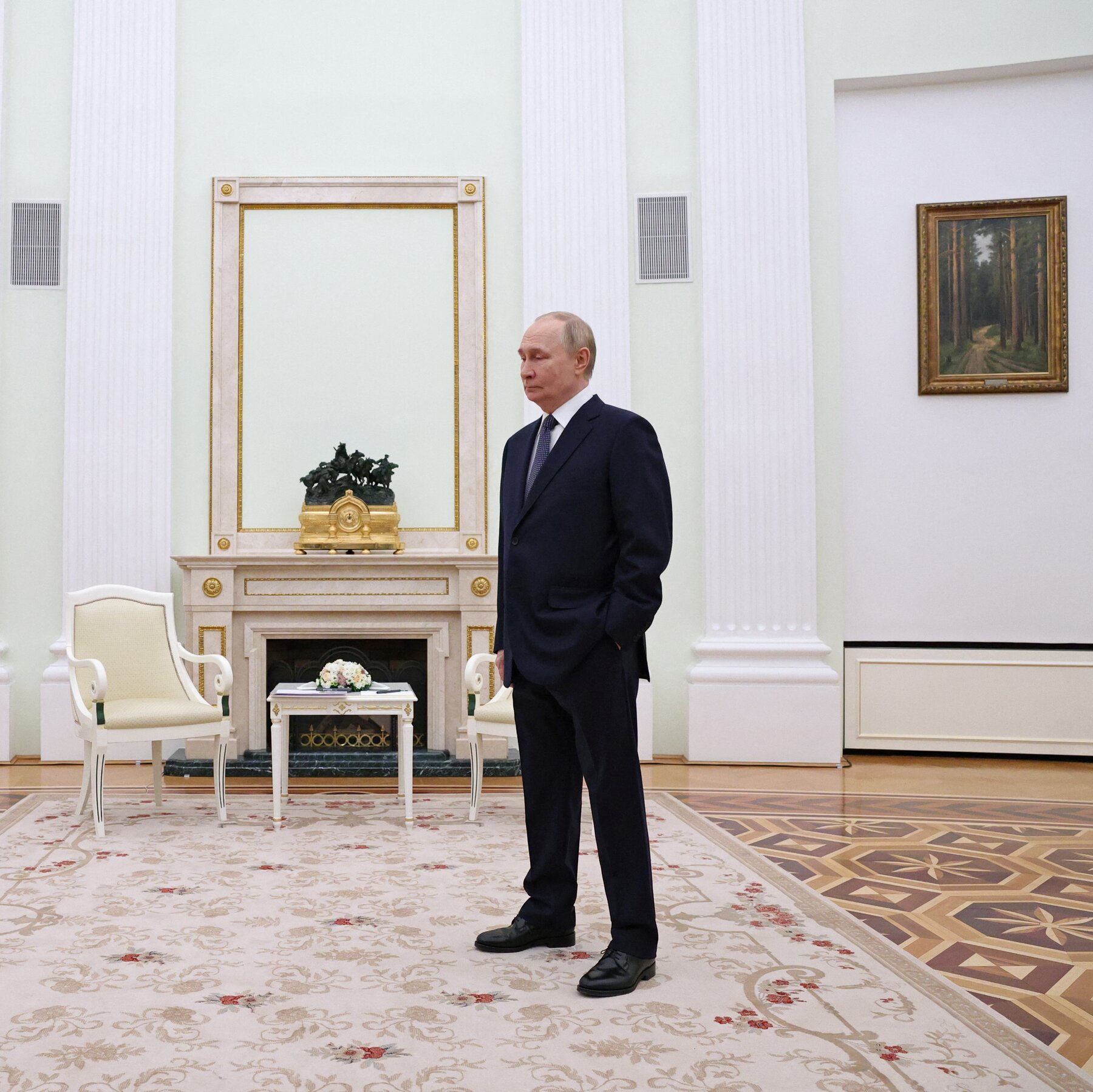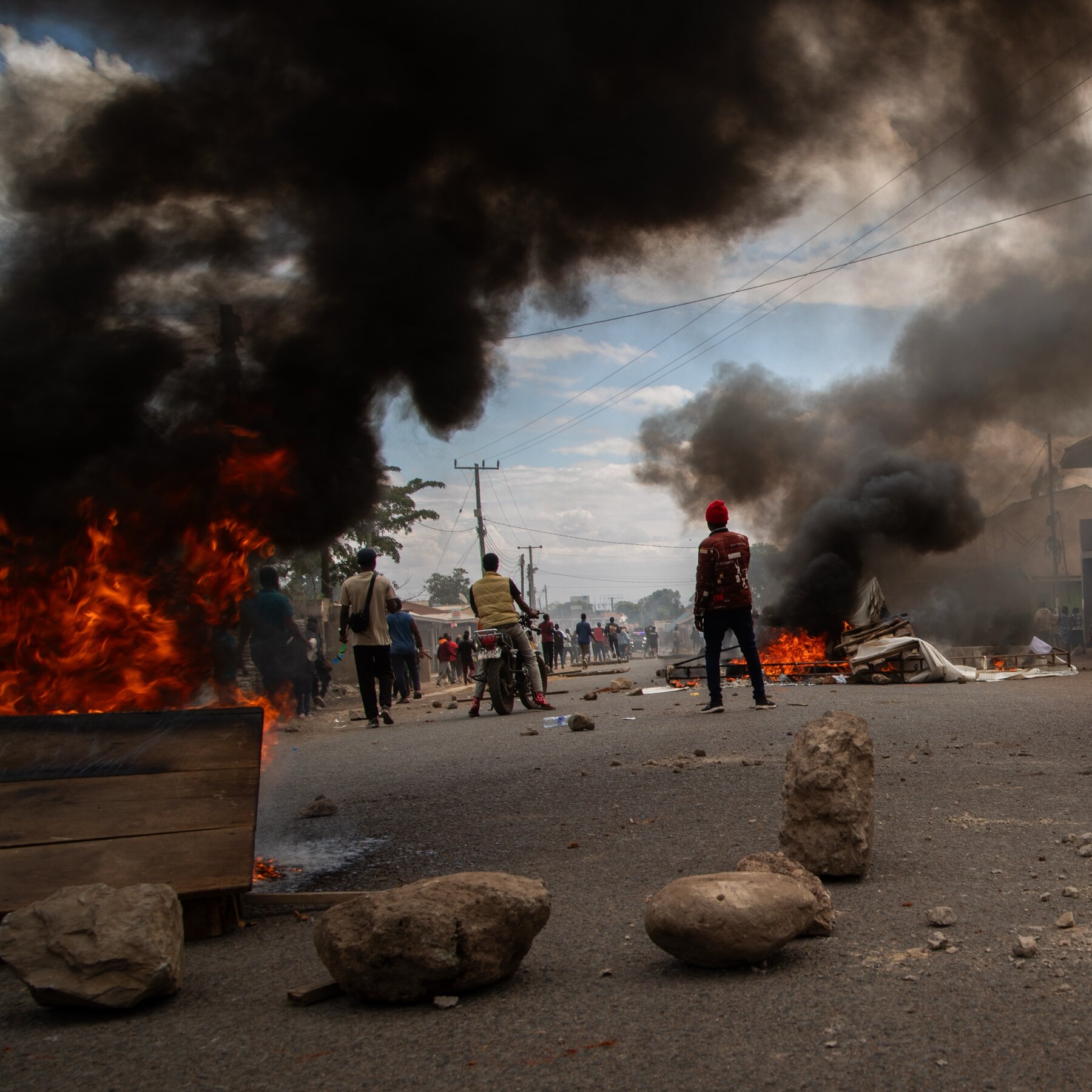How France Commemorates the November 2015 Paris Terror Attacks
Ten Years After the Tragedy
On 13 November 2015, a coordinated wave of attacks claimed by militants linked to the Islamic State killed 130 people and wounded hundreds more across Paris. The night of terror left a scar that still shapes the French psyche.
Survivors Still Carry the Burden
Many of those who escaped the carnage continue to battle physical injuries and lingering trauma. “Every siren brings me back to that night,” says one survivor who wishes to remain anonymous. State‑funded counseling, support groups, and medical aid aim to help them rebuild, but the road to recovery remains long.
A Nation’s Growing Distance
For younger generations who did not live through the attacks, the events are slowly turning into historical lessons rather than lived experience. Schools now include the November attacks in curricula alongside other 21st‑century milestones, and annual commemorations are marked with moments of silence, candlelight vigils, and poppy plantings in public squares.
How France Remembers
Each anniversary, Paris illuminates its landmarks in solemn tones, and the National Assembly holds a special session to honour the victims. Citizens, officials, and artists lay flowers at the sites of the Bataclan, Stade de France, and Rue de la Fontaine. The French flag flies at half‑mast, and the phrase « Nous ne les oublierons jamais » (We will never forget them) echoes in speeches and on social media.
Looking Forward
As a decade passes, France faces the challenge of preserving the memory of those 130 lives while building resilience against future threats. Initiatives that blend remembrance with education, community dialogue, and counter‑radicalisation seek to turn the tragedy into a catalyst for a more united and vigilant society.






